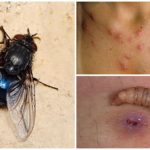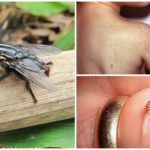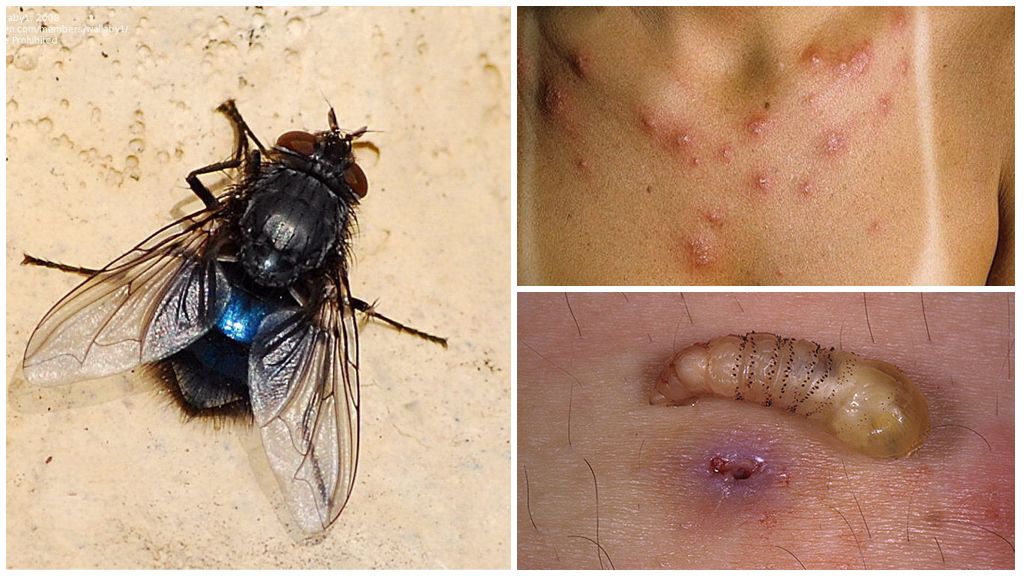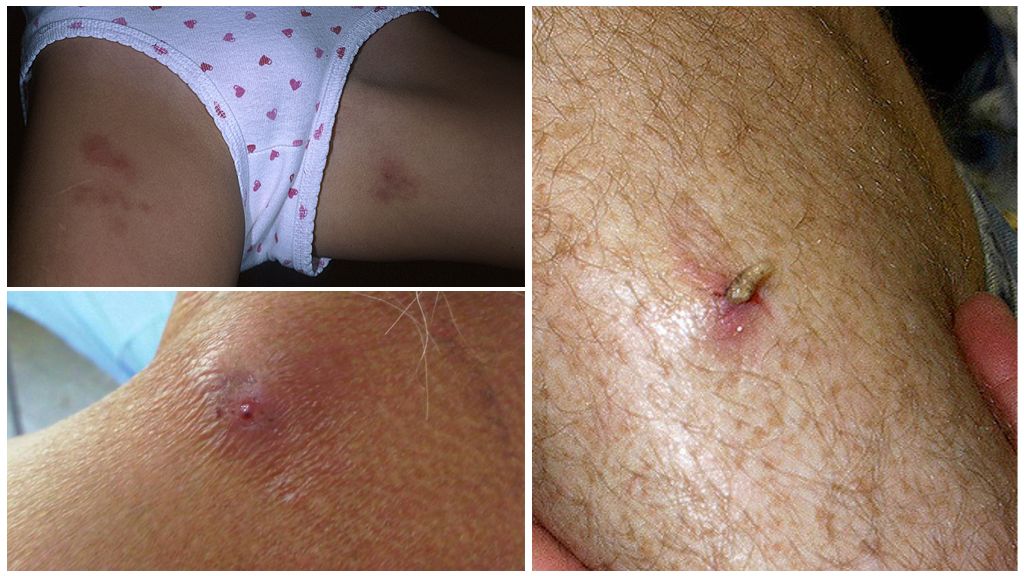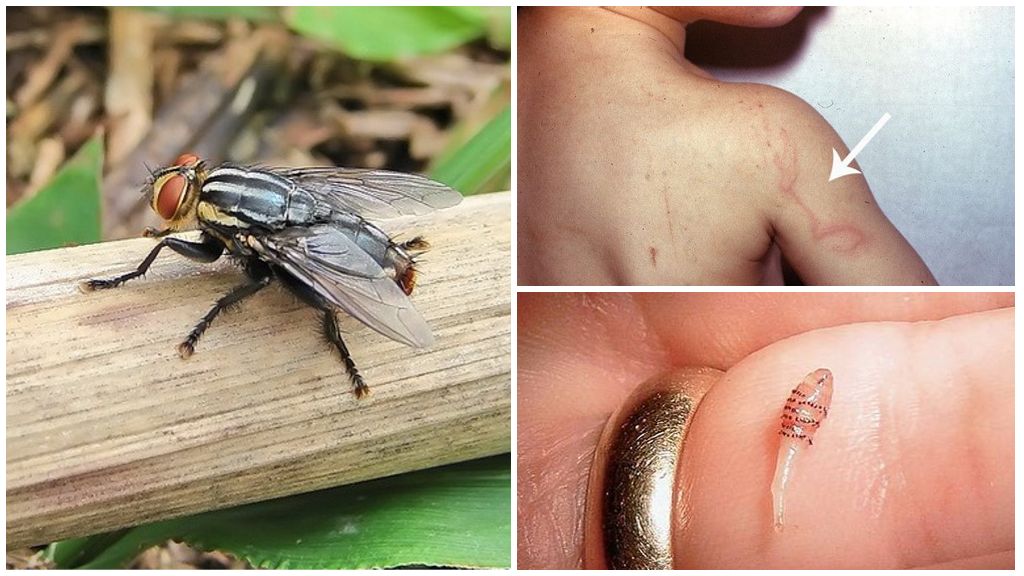A fly that lays larvae under human skin
Content
- Random mias
- Optional Miasse
- Subcutaneous Mias
We are used to treating flies as annoying but harmless interference. In fact, even the usual gray and blue flies far from as harmless as it may seem. Even more dangerous are the gadflies, which also belong to large parasitic flies. All these insects cause diseases, united by the common name "miaza".A disease occurs when the flies lay the larvae in a person, and the parasites penetrate the skin. There are few insects among this group of insects, the rest lay eggs, and the larvae released from eggs penetrate the skin. Although there are "viviparous" flies. Sometimes a person organizes his own mias.
Types of miases and flies that cause diseases
Fly larvae in the human body can be found in the most unexpected places. Most often, the miasis occurs after gadflies lay their eggs. The development cycle of these flies involves the development in the body of the host, which can be not only a large animal, but also a man.
On a note!
All videos and photos, which extract the larvae from under the skin, refer to the defeat of gadfly.
Miases can be random, optional and obligate. The type of miasis depends largely on what do flies eat in nature.
Random
Diseases are caused by flies, usually laying eggs in rotting organics. A person becomes infected with these maggots by accident, swallowing them with food or putting on linen. Mostly human-swallowed eggs dissolve in gastric juice, but sometimes the maggot can penetrate into the intestine, causing intestinal miasis.If the fly has laid on wet linen, the larva can penetrate the urethra, causing the genitourinary miasis.
Random abdominal myasis is caused by many flies:
- blue meat (Calliphora vicina);
- room (Musca domestica);
- green meat (Lucilla sericata);
- brownie (Muscina stabulans);
- small room (Fannia canicularis);
- Drosophila (this. Drosophilidae);
- cheese (Piophila casei).
These are not the only, but the main types of flies that infect humans.
Interesting!
A person usually arranges the intestinal myase with the larvae of cheese flies itself, eating a dubious delicacy: rotten cheese infected with a cheese fly.
Intestinal miasis
In addition to these types of intestinal myase can cause almost any fly. But the most serious forms of this type of disease takes fruit flies and cheese flies.
Symptoms:
- irritation and inflammation of the intestinal mucosa;
- abdominal pain;
- diarrhea with larvae;
- exhaustion;
- sharp pain in the anus;
- vomiting with larvae.
On a note!
Adult maggots reach a length of up to 1.5 cm. The treatment is prescribed after diagnosis and is carried out with the help of anthelmintic drugs against nematodes.
Genitourinary Mias
After the penetration of the larvae into the human urethra, severe pain in the urinary canal begins, often with urinary retention.For treatment, the urethra is washed.
This disease can be caused by any kind of dipteran insects, but especially tourists who go on safari to Africa suffer from it. In the region of the Congo, a mangrove fly lives, which lays eggs on moist vertical surfaces.
The local population knows about this feature of the insect and dries clothes, laying it out horizontally. Tourists who do not understand the cause of this custom, hang their laundry on the ropes. And get a cavity urinary miasis.
Optional Miasse
This group of diseases is caused by flies, which normally reproduce on the corpses of animals. They can’t lay eggs in the literal sense of the word. Insects lay or in open wounds, either on intact skin, in the ears or in the nose.
On a note!
Flies do not have ovipositories that can pierce the skin. Therefore, all photos of flies, laying the larvae under the skin, are processed by photoshop.
The hatching larva penetrates the epidermis itself and develops there over a period of 2–3 weeks. Finally developed maggots leave the body and fall to the ground. There they pupate and after a time adult individuals leave the pupae.
Depending on the place where the clutch was laid, the larvae penetrate not only under the skin, but also into the eyes, nasal cavities and skull. In this case, the expression “burnt the brain” ceases to be figurative. The maggots infiltrated into the cranial cavity feed on brain tissue.
If the fly larvae hit the eye, their removal is possible only by surgery. The easiest variant of ophthalmomyasis is the penetration of the maggots into the conjunctiva. When penetrating the eyeball, the disease may result in loss of the organ of vision.
On a note!
In the US, there have been instances of the penetration of maggots meat fly deep into the body's internal tissues.
Removal of the larvae of flies from under the skin, from the nose and eyes is possible only by surgery.
Why do random and optional myases occur?
The main reason for the occurrence of these types of disease is the usual unsanitary conditions. Neglect of personal hygiene and the cleanliness of the room leads to the reproduction of flies, which sooner or later will lay on the person.
Obligate miasis
Caused by flies, initially parasitic on warm-blooded organisms. Their other name is gadfly. Breeding cycle in different individuals, it may involve parasitism of maggots in the stomach, nasal sinuses, or in the skin.
Gastric gadflies stick eggs on the front legs of herbivores. When an animal scratches a leg, it inadvertently swallows eggs that begin to develop in the gastrointestinal tract. Eggs of the gastric gadfly do not die in the intestines, but a person has little chance of becoming infected with these parasites. The disease is treated with planned deworming of animals. Standard anthelmintic drugs also help people.
The subcutaneous gadfly also attacks large herbivores, laying eggs for 1 piece per wool. He has no definite point of egg attachment. The hatching larva enters the skin and begins feeding on the host's flesh. Before moving to the second stage of development, it paves the subcutaneous route to the area of the back of the animal, where it forms a nodule with an air hole.
Subcutaneous gadfly can lay on the person. In this case, the larvae begin their instinctive movement up, leaving not on his back, but to the head of the host.
Important!
There are cases of penetration of this species into the human brain with a fatal outcome.
Subcutaneous Mias
The main cause of this disease is the larvae of subcutaneous gadfly. Signs of subcutaneous miasis in a person are red blisters with a hole in the middle. The activity of the larvae causes pain in the host.
To remove parasites, first cover the airway with an air-tight plaster. In an attempt to breathe, the larva sticks its head into the hole. A day later, the patch is removed, cling to the larvae that have come out with tweezers and carefully pull it out. This procedure is carried out only in humans. In animals, they simply open the bumps.
Nasopharyngeal Gadflies
These species of parasites are viviparous. They do not lay eggs, but inject ready-made live larvae into the nostrils, mouth and eyes of animals and humans. Once on the mucous membranes, the parasites invade the body of the victim, causing abdominal nodules in the nose and damage to the eyes and mucous membranes of the mouth. Localization of the offspring of the nasopharyngeal gadfly occurs in the frontal and nasal cavities, pharynx, ethmoid bone. These larvae parasitize on the mucous eyes and mouth and penetrate into the eyeballs.
Wolfarth fly
The only insect that is not a gadfly, but “deliberately” parasitic on living organisms. The size is 6-10 mm.Lives in warm regions:
- Asian part of the Russian Federation;
- Southern Europe;
- North Africa;
- China.
Her "interests" include sheep and man. It can lay eggs on cattle, but much less frequently. Life-Giving. During the life it forms 100-200 larvae. As the offspring ripens, it is planted on abrasions and mucous membranes of animals and humans. Masonry produces on open wounds and sheep genitals.
Important!
In man wolfarth fly affects the ears, eyes, mouth and nose. The larvae feed on living tissues and are able to eat large areas of muscle tissue.
As a result of the activity of parasites in addition to pain, there is suppuration of the damaged tissues up to partial death. When dislocated in the nose, insects cause bleeding.

